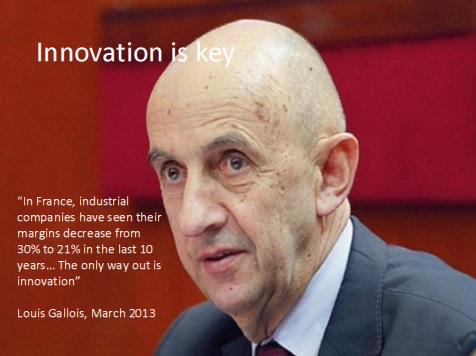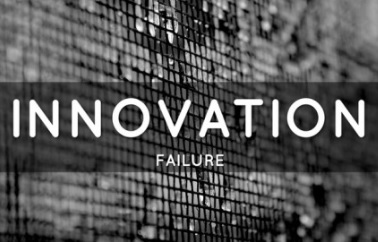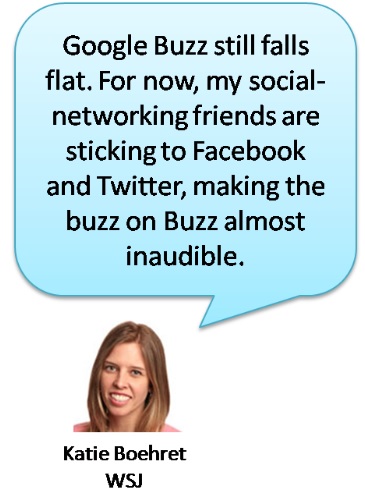Louis Gallois, the innovation Commissioner to the French Prime Minister, recently showed that the margins of industrial companies in France have decreased from 30% 21% in the last 10 years.

This is attributed to increased competition from emerging markets which boasts a cost structure that is lower than Western and indeed French cost structures. Therefore, companies from emerging markets are successfully penetrating low-end market segment in many industries, thereby depriving French industrial companies of a portion of their market share in those market segments. The only way out of this quagmire, says Louis Gallois, is innovation. But, making innovation succeed is easier said than done.

I/ Succeeding at innovation is tough
- In fact, a recent study performed by Harvard business school showed that up to 90% of innovations fail. This results in retiring innovations from the market in only 12 months after market launch.
- A similar failure rate is found among innovation startups, which also fail at a 90% rate, according to a study done by Stanford
II/ Even very innovation driven companies, such as Google, Microsoft, Danone, Renault among others, fail, as well
- Apple, often considered to be the most innovation driven companies in the world, and certainly the company that has launched the most disruptive innovation in the last decade, has also acquired experience in innovation failure. Recently, it launched its application for maps, which caused controversy, leading Tim Cook, its CEO, to publicly apologize.
- Danone, has invested millions in developing a new kind of yogurt, one that claimed to offer benefits to the skin. The result? Essentis was retired from the market.
- Microsoft has failed many times, as well, such as with its Zune. And, even in its core business, the operating system, many product innovations, whether it’s Windows Vista or more recently Windows 8, have caused stir and controversy.
- French automobile maker, Renault, has also failed to penetrate the high-end market segment with its VelSatis.
- Google, often considered to be a paragon of innovation, has failed many times: its product meant at competing against Wikipedia, Knol, has been discontinued. Google reader and Google Buzz failed, as well. Most of its successful innovations were in fact start-up acquisition, such as YouTube.

III/ Failing at innovation is likely and… costly
So I guess this really sets the tone. Innovation is difficult to realize:
- Most innovations fail
- Innovation driven companies fail too
The resulting costs of innovation failure is $100 billion dollars for US Fortune 500 companies, according to Anthony Ulwick, CEO of Strategyn a San-Francisco-based innovation consultancy.
So, what should an innovation VP do? What could he do turn innovation into an asset rather than an experience of successive failure? Next week, I’ll talk about why so many successful companies fail at innovation and why succeeding at innovation is so hard. I’ll present three different reasons.
Further readings:
- For a discussion of the importance of a company’s ecosystem in innovating, please refer to Frederic Allen’s article in Forbes, here
- For a discussion of why companies fail at innovation, please refer to Derek Irvine’s article, here
- For a list of 40 reasons of why innovation fails, please refer to Anjali Mullany’s article on FastCompany, here
- For a discussion of 10 reasons explaining why innovation fails, please refer to Paul4Innovating, here
- For a discussion of why business model innovation is so important to making innovation succeed, please refer to Tim Kastelle’s innovation blog, here
[…] la complexité à innover à laquelle font face même les grandes entreprises, attardez-vous sur cette lecture (en […]